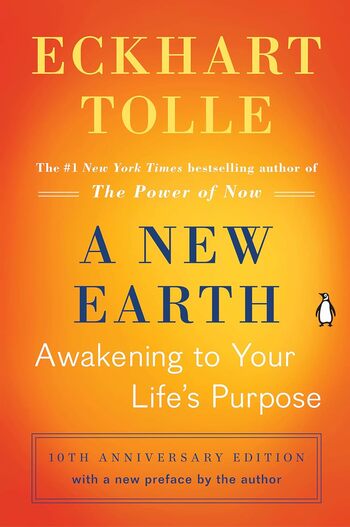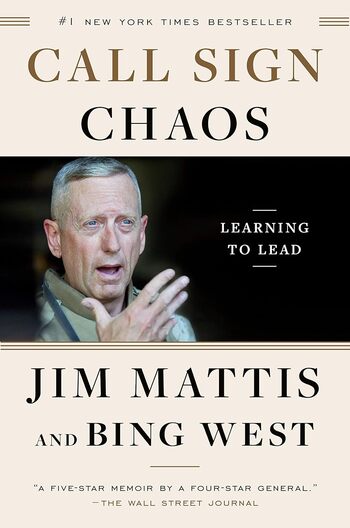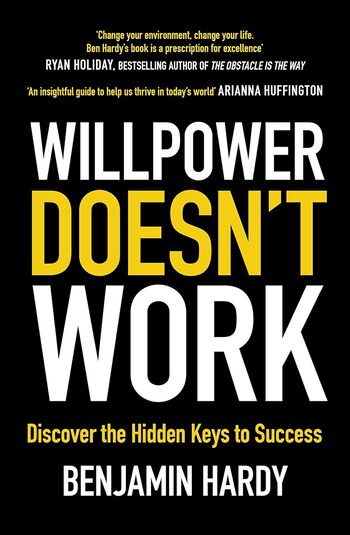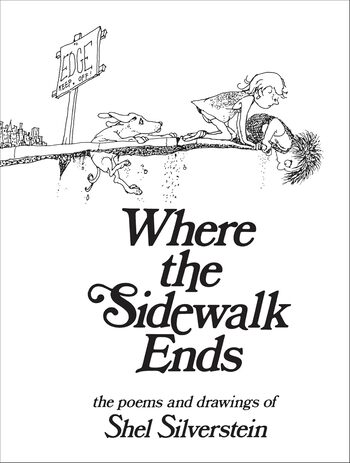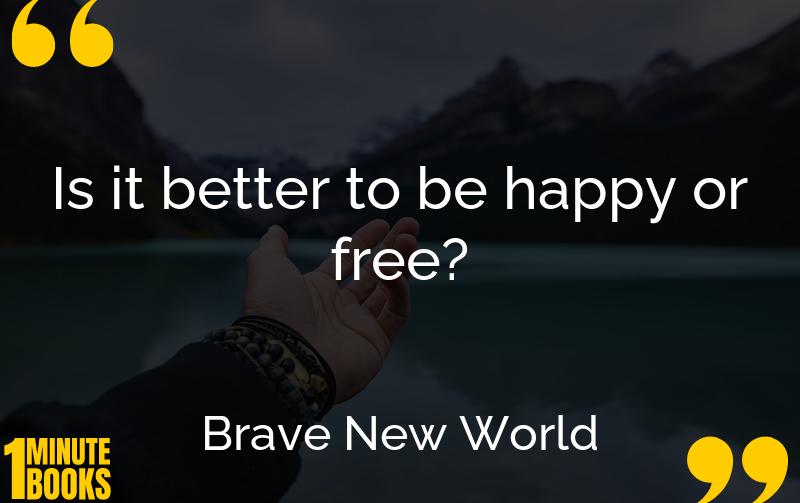
In a dystopian future, society achieves superficial happiness through conditioning and soma, sacrificing individuality and freedom. Characters struggle with the question: is it better to be happy or free?
Main Lessons
- Mass production and conditioning strip away individuality and freedom in exchange for societal stability and happiness.
- The conflict between individual desires and societal expectations is central to the human experience.
- Huxley questions whether a life of forced happiness is worth sacrificing authenticity and emotion.
- Technological advancements can dehumanize work and personal relationships when misused.
- Mindless consumption supports economic stability but limits intellectual and emotional growth.
- The use of soma represents society’s reliance on escapism to avoid confronting real emotions.
- Promiscuity and loss of traditional families are used to eliminate personal attachments.
- Shakespearean references highlight the depth of emotion missing in a controlled society.
- Conformity is portrayed as a tool to create societal order but breeds dissatisfaction among those who think freely.
- Human connection and personal sacrifice are necessary for a fulfilling life.
- The novel explores the dangers of sacrificing ethics for efficiency and progress.
- Individuals who challenge societal norms face isolation but ultimately pursue genuine freedom.
- The depiction of a controlled world encourages readers to reflect on the value of personal liberty and choice.

